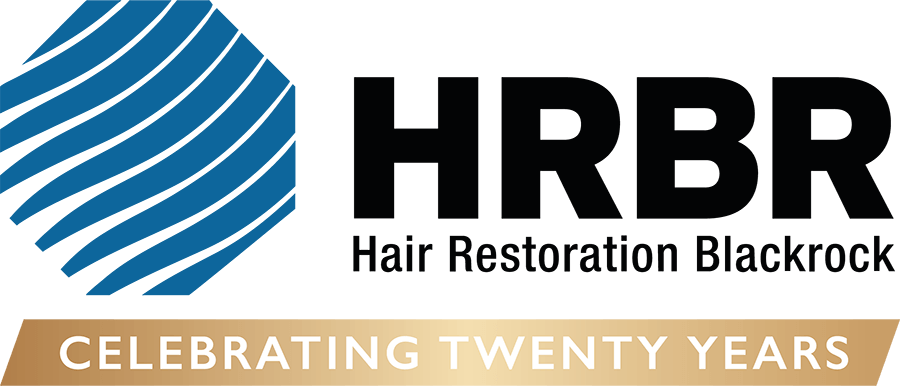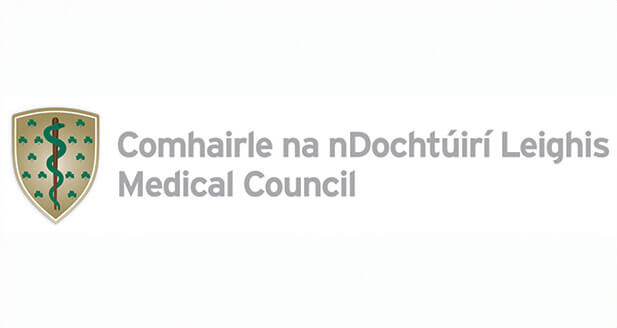What am I doing while my treatment is taking place?
You may watch TV, listen to music or engage in conversation. Each treatment room is equipped with a TV, DVD, MP3 and CD Player.
How many grafts are placed at each session?
During your consultation the total number of follicular unit grafts necessary will be estimated. The number of grafts placed at each session may vary depending on the extent of baldness and the rapidity with which you wish to proceed.
Does it hurt?
The great majority of our patients are quite comfortable both during and after their hair transplantation procedure; occasionally a patient says he / she had some pain. You are given pain killers which are available for use after the procedure should they be required. Many of our patients find that they do not need to take any pain killers at all after their hair transplantation procedure.
How is this surgical procedure performed?
Hair transplantation is a minor surgical operation which requires only local anaesthetic. There is initially some discomfort associated with the administration of the local anaesthetic, but this is of very short duration. We have developed techniques to reduce this discomfort, and most patients tolerate this brief period very well.
The donor area (the back or sides of the scalp) as well as the recipient area (the bald or thinning area) are made numb with the local anaesthetic. Nowadays large grafts have been completely replaced by smaller grafts (follicular units), as these grafts produce a much more natural transition from thinning or baldness to increased hair growth. In most cases where very small grafts are used, the surgery can be accomplished almost without detection.
What is the procedure for small grafts?
Having calculated the amount of donor hair necessary by macrophotography and computer analysis, the hair to be transplanted is trimmed close to the scalp, and the desired amount of donor skin and hair are then removed. This donor site is then stitched usually resulting in a fine scar which is covered by your existing hair, only detectable on close inspection. The donor hair-bearing skin is then slivered, using stereoscopic microscopes, into very small pieces. The slivers are then divided into individual follicles and these follicles are then trimmed of excess skin and tissue – all of this work is done using the stereoscopic microscope. These grafts are then carefully inserted into small openings made in the recipient area.
How long does the surgery take?
Most operations take between 6 and 8 hours. This is exacting work and, therefore, requires considerable time – even though we have a team of 18 assistants, nurses and technicians who are highly skilled in these techniques.
What type of preparation is required prior to hair transplant surgery?
Detailed pre-operative instructions are forwarded to each patient prior to the surgery date. Patients also complete a Consent for Surgery form prior to the surgery. We also highly recommend scalp massage both pre- and post surgery.
What is the time interval between hair transplant sessions?
Minimum time intervals will depend upon individual circumstances. Usually 6 months is allowed between sessions at the same recipient site to allow the transplanted hair to grow out, otherwise it could be damaged when making the new incisions at subsequent sessions. However, there is no maximum interval between sessions.
Watch How does a hair transplant work?
Watch How soon will I see a result?
Watch Will I need a general anaesthetic?
Watch Will it hurt?










